Lawn And Garden Holes: What Is Digging Holes In My Yard?
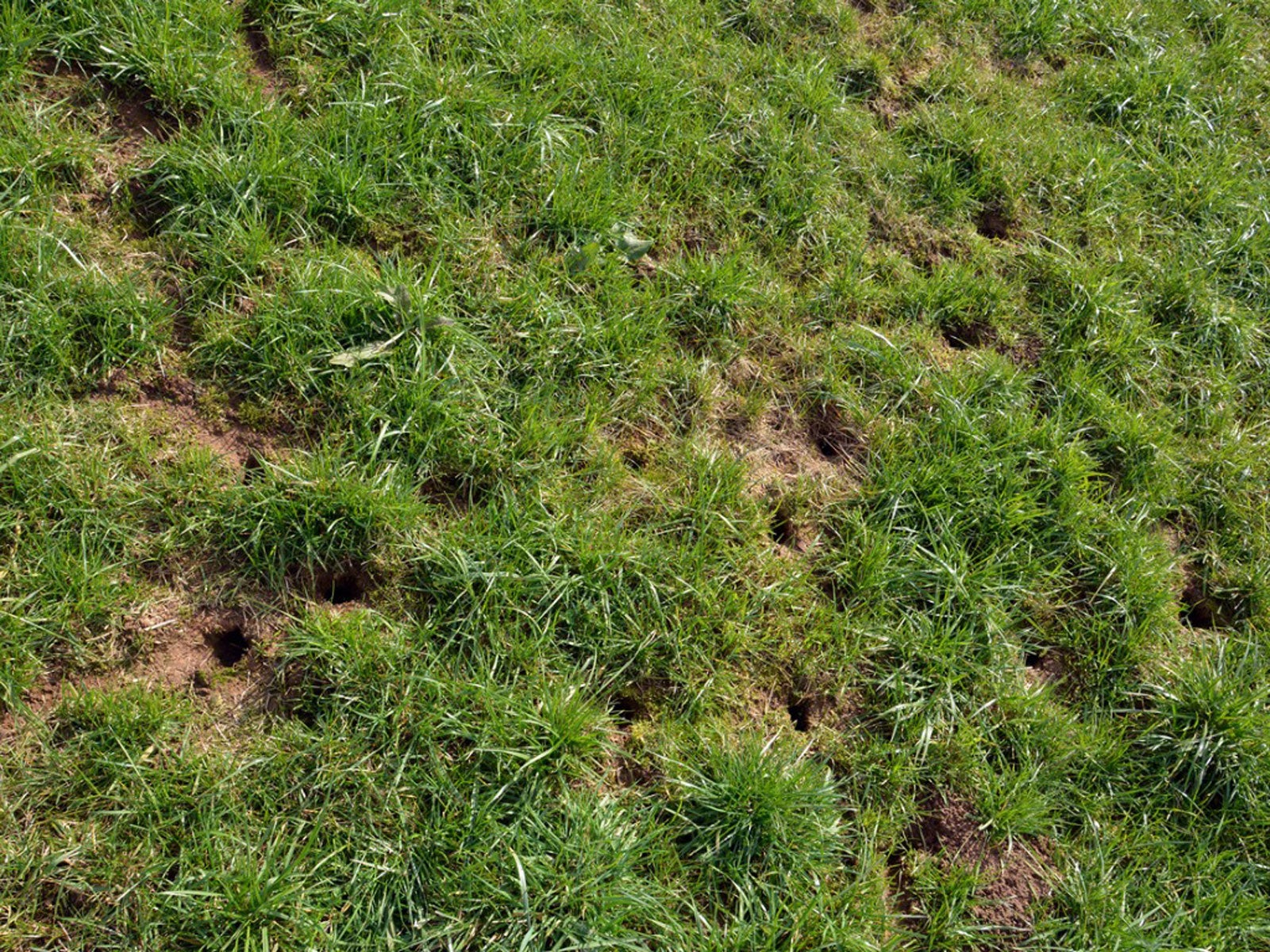

If you are experiencing holes in your yard, there is a variety of things that could be causing them. Animals, children at play, rotten roots, flooding and irrigation problems are the usual suspects.
Small holes in yards are generally from insects, invertebrates or burrowing rodents. Larger holes have more catastrophic causes as a rule, and the origin must be discovered and the issue repaired.
Use a sleuthing process to answer, “What is digging holes in my yard?” Then learn about identifying holes and fixing the problem.
Lawn and Garden Holes
Not only is size an important clue when identifying holes, but so is location. Holes throughout the lawn are usually sourced to small rodents, like voles or moles, or insects.
Mole holes are covered by a hill of earth, while a vole hole is not. Birds make holes in sod as they search for food and earthworms make small little holes the size of pencils to aerate the soil and provide air to their tunnels. Some wasps and other insects lay eggs in sod, which produces holes.
It might be beneficial to excavate small holes in yards to see if there are eggs or if there is a tunnel. This will provide you with more information so you can decide what approach to take next.
Identifying Holes through Process of Elimination
The home gardener seeking to find out what is digging holes in my yard may have to cast an eye to pets or children. This may seem obvious, but if you have a roving pooch in the neighborhood, it might be a digger. Children also find it fun to make tunnels and fort in dirt, which often requires excavation. Once these obvious causes have been eliminated, it's time to focus on site.
Gardening tips, videos, info and more delivered right to your inbox!
Sign up for the Gardening Know How newsletter today and receive a free copy of our e-book "How to Grow Delicious Tomatoes".
If the problem isn't holes throughout the lawn, but holes in the soil or garden, there are other possibilities. Wild animal activities create holes in the garden. Birds, squirrels and other animals dig in soil looking for insects or food they previously buried. Animals also burrow into soil and nest underground. Areas near tree snags and roots that have holes could be the burrows of rats or chipmunks.
Larger holes may host armadillos or even groundhogs, which leave holes a foot across. Watch in the early morning and evening for signs of these animals. Wet or boggy soils may be the home of crawfish, which leave 2- to 4-inch (5-10 cm.) tall mud towers with a broad hole at the top.
If you want them off your property, trapping or professional animal control services are likely your best option.
Identifying Holes per Time of Year
Insect activity and life cycles are prevalent in soil and sod. Contemplate lawn and garden holes by season if you suspect insect invasions. Earthworms are most active in spring and when soils are moist. They leave a granular tower of soil around their 1-inch (2.5 cm.) holes.
Many other insects lay their eggs in soil and the larvae hatch in spring, leaving pinprick sized holes. Post winter, roots from trees may fail and cause cave ins. Diverted streams or other underground water can create holes. When you turn on your sprinkler system in spring, you may find a pipe has sprung a leak and will cause a boggy fissure.
As you can see there are many possible causes for a hole in the landscape. Follow the clues and see where they lead.

Bonnie Grant is a professional landscaper with a Certification in Urban Gardening. She has been gardening and writing for 15 years. A former professional chef, she has a passion for edible landscaping.
-
 Looking For Plants To Give You The Soft And Fuzzies? Try These 5 Fuzzy Leaf Plant Options
Looking For Plants To Give You The Soft And Fuzzies? Try These 5 Fuzzy Leaf Plant OptionsLovers of texture, drama, silver foliage and tactile plants will adore these special sensory garden additions. These fuzzy leaf plant options will leave you all aglow
By Susan Albert
-
 Get Ready For A Summer Of Hummers! Grow These Full Sun Hummingbird Plants and Flowers
Get Ready For A Summer Of Hummers! Grow These Full Sun Hummingbird Plants and FlowersIf you’re lucky enough to enjoy a sunny backyard, make sure you are maxing out on your pollinator opportunities and grow these full sun hummingbird plants and flowers
By Tonya Barnett
-
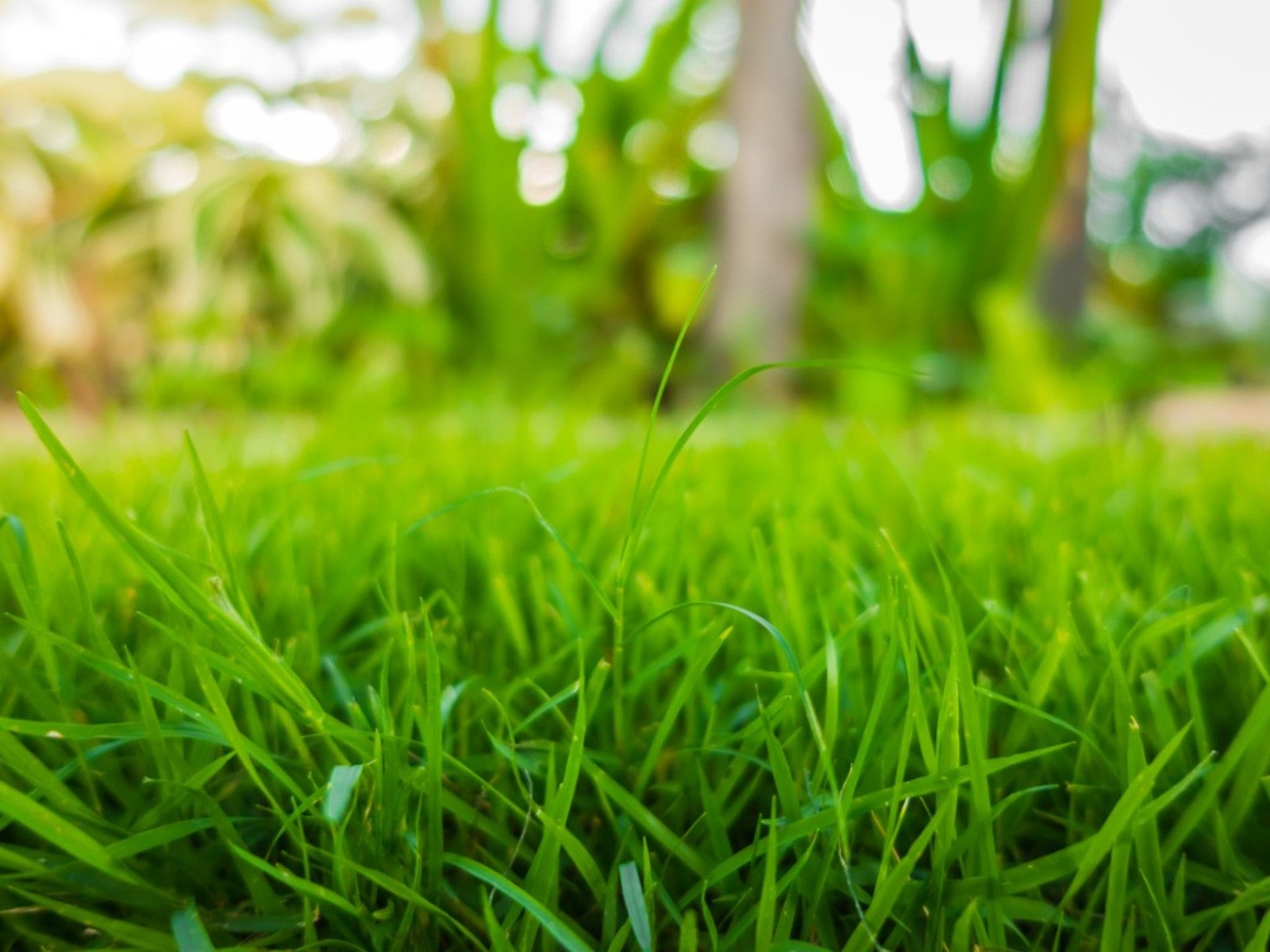 Sustainable Turf Species For A Greener Lawn
Sustainable Turf Species For A Greener LawnClick here for some of the most sustainable types of turf grass you can grow for an eco-friendly lawn.
By Bonnie L. Grant
-
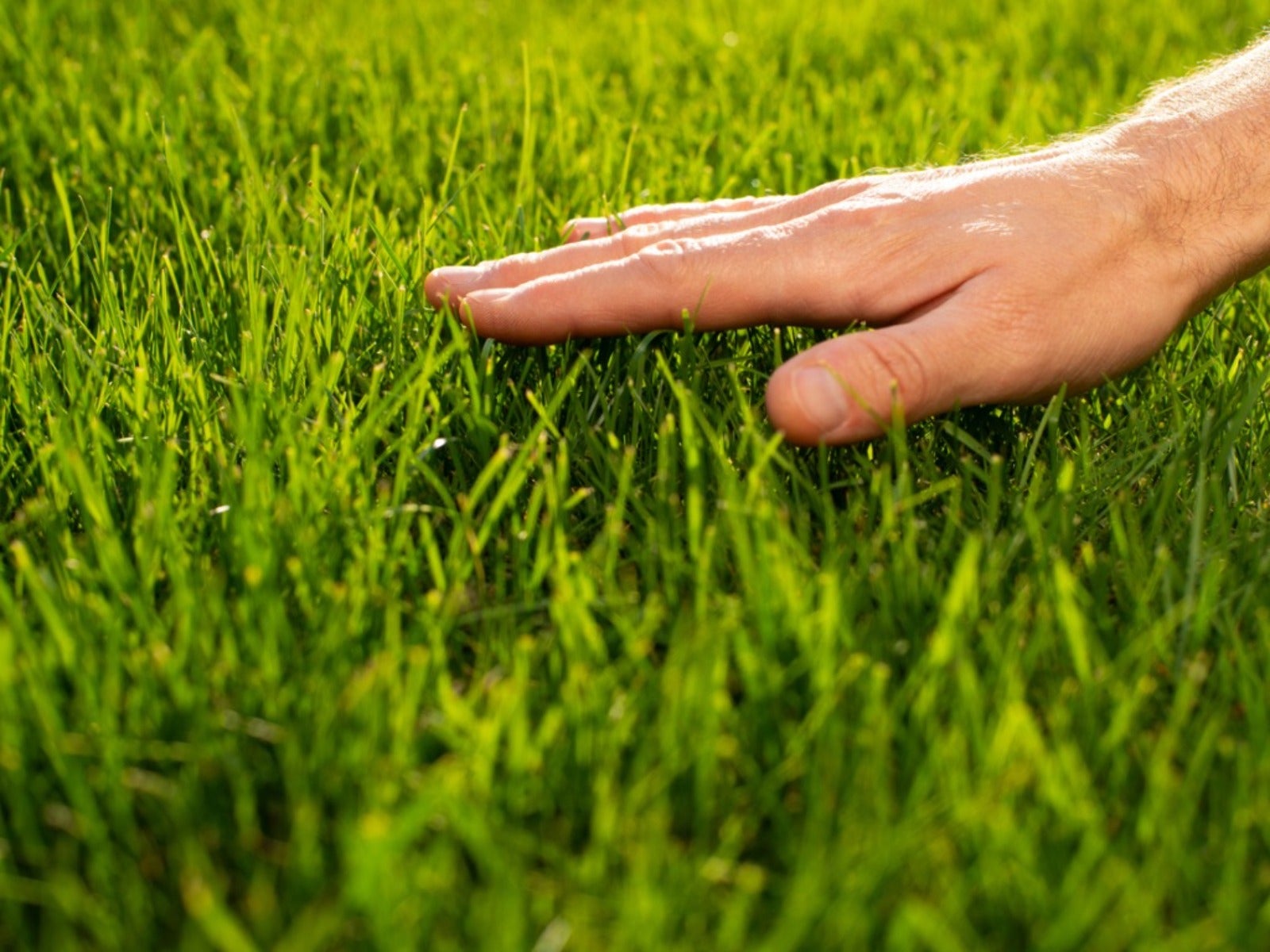 How To Grow A Sustainable Lawn
How To Grow A Sustainable LawnAdjust your thinking about a perfect green lawn and consider more sustainable methods. Click here to learn how.
By Mary Ellen Ellis
-
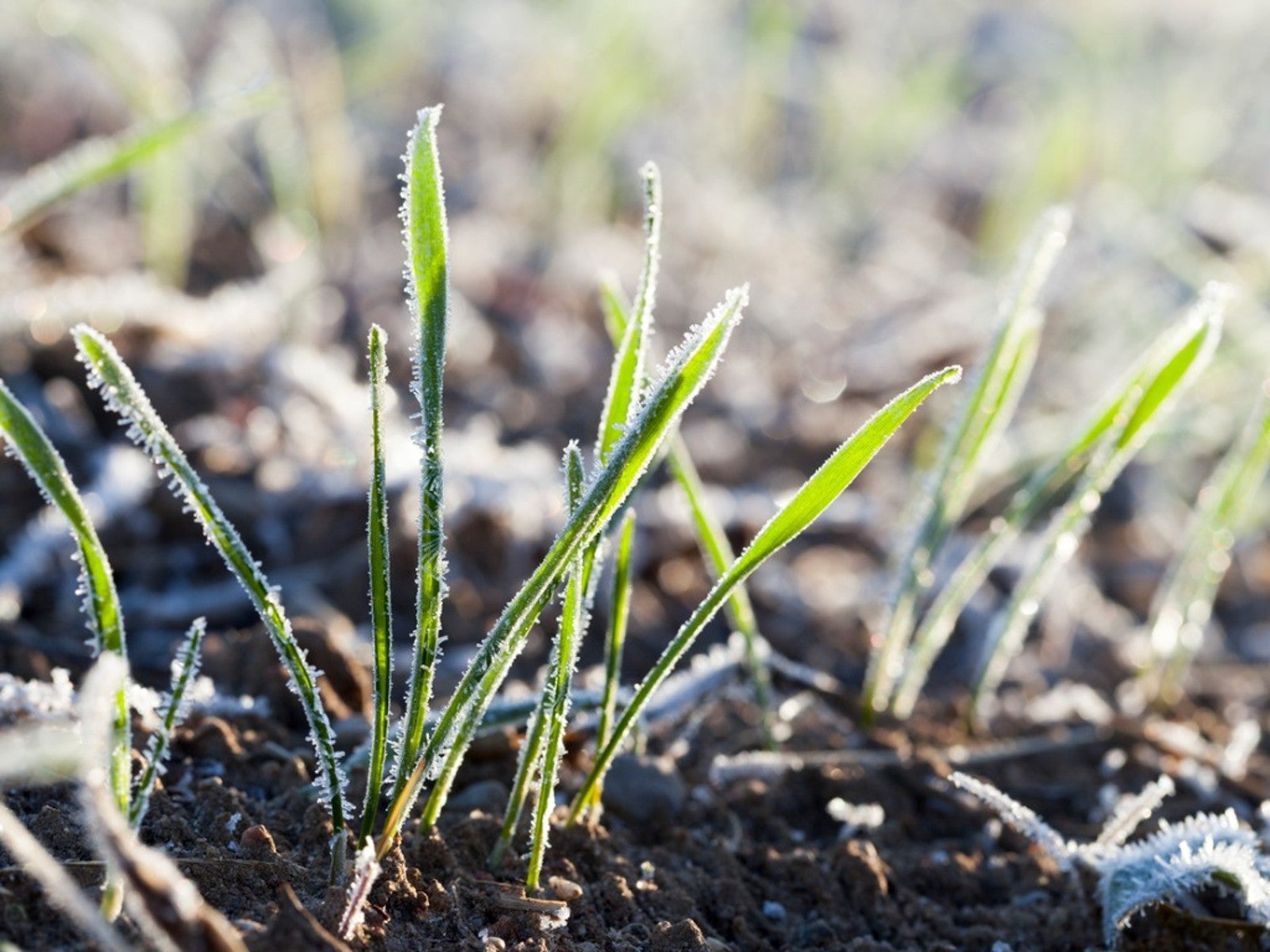 Will Frost Kill Grass Seed And How To Help New Turf Survive
Will Frost Kill Grass Seed And How To Help New Turf SurviveLearn how to help your newly sown grass survive frost and freezing weather.
By Amy Grant
-
 Lawn Problems That Aren’t Really Problems
Lawn Problems That Aren’t Really ProblemsYour lawn may not require as much work as you think. Learn which common problems aren’t really problems.
By Teo Spengler
-
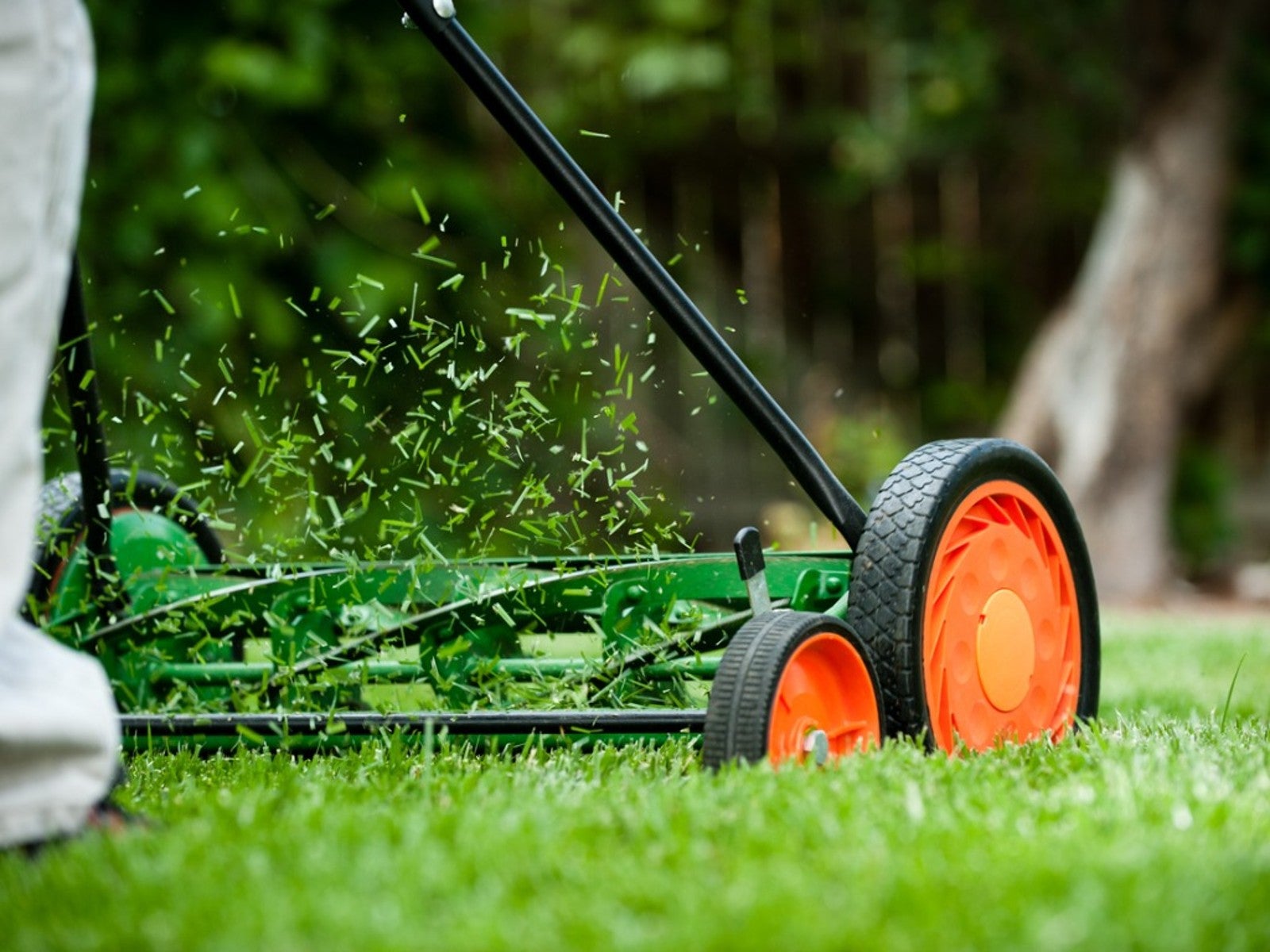 Why A Manual Push Mower Is Good For You And The Environment
Why A Manual Push Mower Is Good For You And The EnvironmentReel mowers are making a comeback, but why? Click here to learn about reel mower pros and cons.
By Amy Grant
-
 Fertilize Grass In Fall For A Lush Lawn In Spring
Fertilize Grass In Fall For A Lush Lawn In SpringFor everything you need to know about fertilizing your lawn in the fall, click here.
By Susan Albert
-
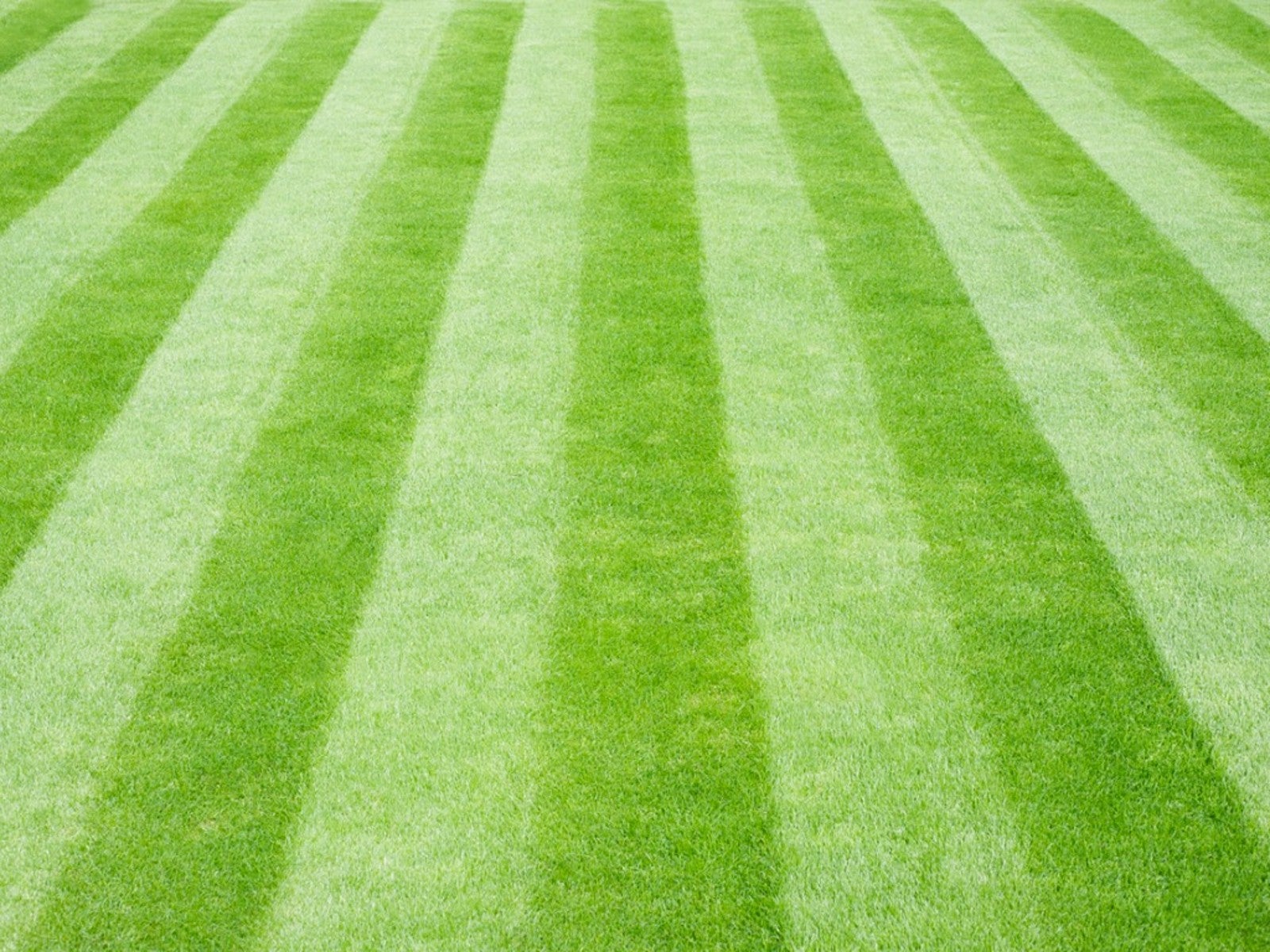 Tips For Mowing Stripes In Lawn
Tips For Mowing Stripes In LawnWouldn’t it be great to have stripes in your lawn like a sports field? Learn how here.
By Susan Albert
-
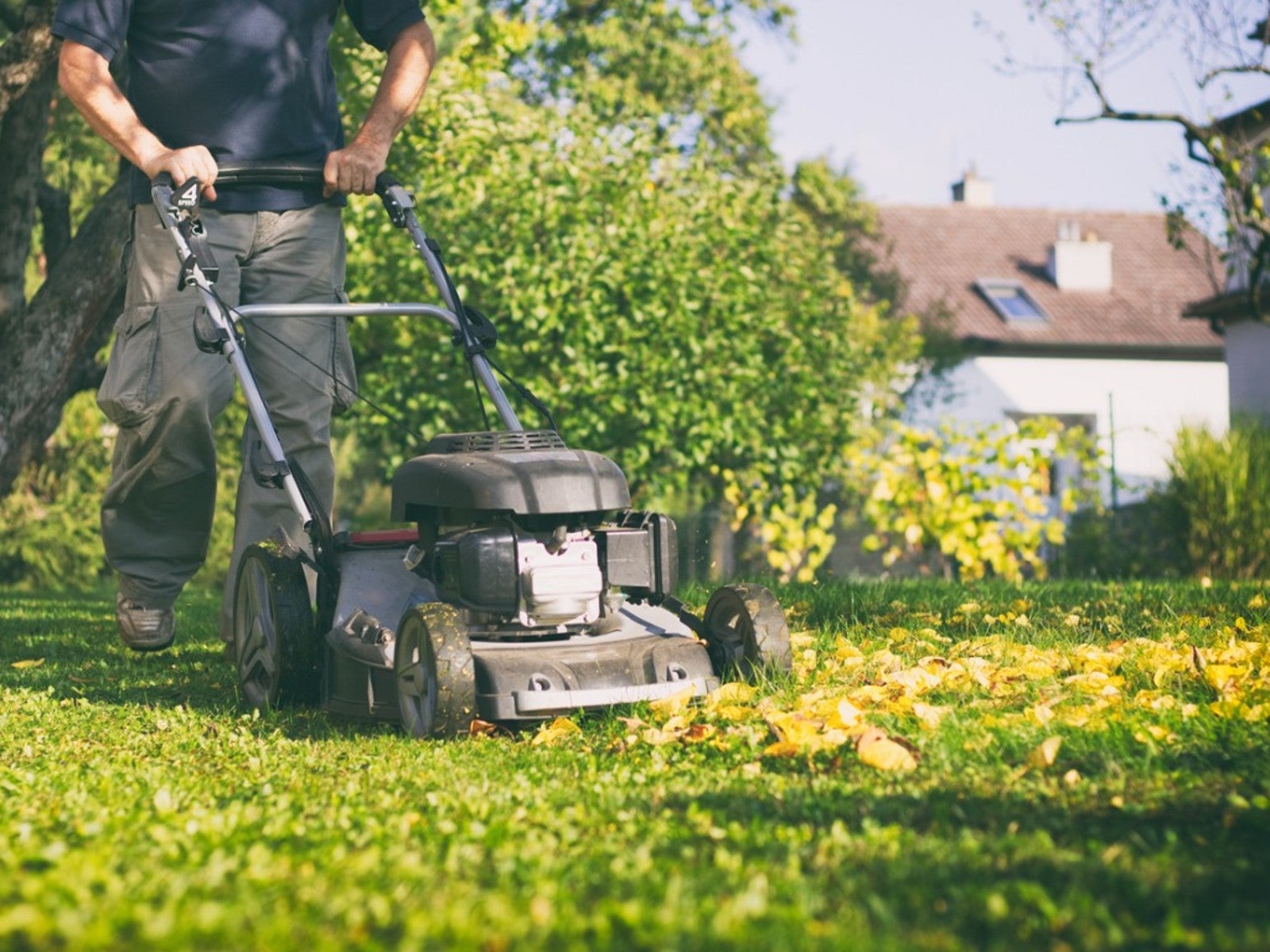 Late Summer Lawn Care Checklist
Late Summer Lawn Care ChecklistPlan to do some late summer care and maintenance of your lawn so it will be healthy and beautiful in the spring. Here are some tips.
By Laura Miller